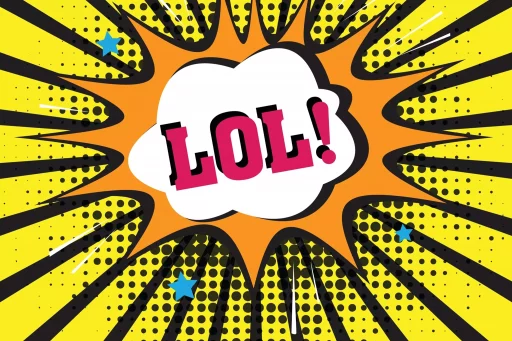Introduction to Strap Slang
The term “strap” has evolved significantly in its usage over the years, particularly in various subcultures and regional dialects. Initially a simple noun referring to a strip of material, it has taken on several meanings in slang. This article explores the diverse interpretations of “strap” and its relevance in contemporary language.
Origins of Strap Slang
The evolution of the term “strap” into slang can be traced back to its basic definition: a long, narrow piece of material used as a fastening or support. Over time, particularly in urban settings, the term has been appropriated to refer to items of clothing and accessories, as well as more socially constructed ideas related to identity and lifestyle.
Contemporary Meanings of Strap
- Strap as a Gun: In many urban communities, particularly within hip-hop culture, “strap” is often used as slang for a firearm. This usage likely derives from the act of strapping a gun to one’s body. The association emphasizes themes of toughness and self-protection.
- Strap in Fashion: “Strap” also refers to the straps on garments such as sandals, bras, or bags. In fashion contexts, the word can denote stylish elements that enhance or accentuate an outfit.
- Emotional Resilience: In online communities, individuals might say they are “strapped up” to indicate emotional strength or preparedness for life’s challenges. This interpretation highlights the term’s flexibility and modern relevance.
Examples of Strap in Popular Culture
Strap slang can be observed in various forms of media, particularly in music and literature. Some notable mentions include:
- Hip-Hop Lyrics: Many artists refer to “straps” in lyrics to convey a sense of danger or street credibility. For instance, a rapper might use the term to narrate experiences with violence or protection.
- Fashion Trends: Influencers and fashion gurus on social media platforms frequently use “strap” in relation to showcasing popular items, such as backless dresses or trendy bags that feature prominent straps.
- Online Communities: The term has been adopted in memes and social media posts where users express resilience, often humorously referring to being “strapped” when facing difficult situations.
Case Studies: Strap Slang in Action
To better understand the impact and context of strap slang, let’s look at two case studies.
Case Study 1: Hip-Hop Culture
In the hip-hop community, artists like Lil Wayne and 21 Savage frequently use the term “strap” in their music. Lyrics often revolve around themes of violence, family, and survival. An example is found in 21 Savage’s song where he references carrying a “strap” in relation to protection against his surroundings.
Case Study 2: Fashion Influencers
On platforms like Instagram, fashion influencers often highlight their outfits as well as accessories that include straps. A popular trend is the showcasing of designer bags which parallel the evolving meaning of the word “strap” into realms of elegance and style. Influencers have been successful in marketing the importance of straps to complete an outfit.
Statistics on Language Evolution
Language evolves quickly, and slang is no exception. Recent studies show that:
- Over 50% of millennials and Gen Z use slang regularly in their verbal and written communication.
- Slang that emerges from specific cultural backgrounds—like hip-hop—can influence broader language trends, particularly in urban areas.
- The Oxford English Dictionary reported that the usage of non-traditional words like “strap” has surged by 16% in the last five years, particularly among younger audiences.
The Future of Strap in Slang
Looking forward, the term “strap” is likely to continue evolving. With the blending of internet culture, fashion, and music, its interpretations may further diversify, giving it even broader applications in both everyday language and specific subcultures.
Conclusion
In conclusion, “strap” serves as a perfect example of how language adapts and changes over time. Understanding the various meanings behind this slang can offer insights into cultural shifts, identity expression, and the complexities of communication in modern society. As language continues to evolve, so too will the interpretations of “strap” provide a window into contemporary life.


